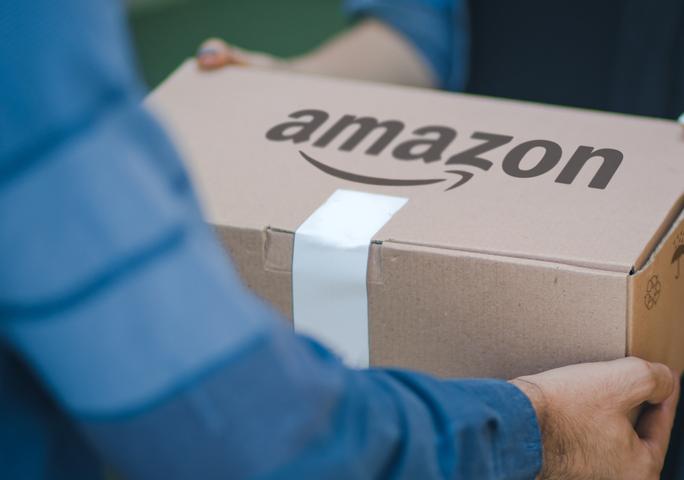Amazon is taking product safety and compliance seriously. Yet, many importers and sellers fail to do their homework until they receive that dreaded email from the Amazon product compliance team. In this article, we cover some of the most common compliance-related mistakes made by Amazon sellers - and how they can be avoided.
This is covered:
1. Assuming your supplier got you covered
2. Accepting any test report as valid
3. Failing to confirm mandatory product standards and certificates
1. Assuming your supplier got you covered
For some reason, many importers and Amazon sellers assume that their supplier in China, Vietnam or elsewhere ensures tha their product is compliant with all mandatory safety standards, labeling requirements, testing requirements and certification requirements.
This may be the case when you’re buying products from a local store or wholesaler, but not when importing products from foreign countries.
The truth is that most suppliers are not compliance experts. In fact, they are far from it.
Some suppliers may have a vague understanding of specific product standards, but rarely go beyond that point. As such, they are often clueless when it comes to labeling, certification and lab testing requirements.
It actually makes sense.
You wouldn’t go to your supplier for advice on marketing and accounting - so why product compliance and regulations in your country or target market?
Factories are factiories. They make stuff. They don’t have teams of compliance consultants keeping track of mandatory regulations, labeling rules and so on in countries all over the world.
So, how does this relate to Amazon sellers?
Well, the problem is that many sellers assume that their supplier got them covered.
This is how the conversation often goes:
Buyer: I’m planning to buy Widget A and sell it on Amazon in the USA. What kind of product certificates do I need?
Supplier: None of our other buyers asked for any certifcates.
Buyer: Great. I’m all set then.
What happens next is that the seller lists the product on Amazon, only to get an email from their compliance team asking for the following:
- Test report
- Certificates (e.g. Declaration of Conformity or Children’s Product Certificates)
- Product photos (e.g. CE mark)
- Supplier invoice
The conversation then goes:
Buyer: Hey, Amazon’s compliance team just contacted me asking for test reports and a bunch of other documents. Can you send it to me ASAP?
Supplier: As I said, none of our other customers asked us for this in the past. It should not be a problem.
Game over.
2. Accepting any test report as valid
Even in case your supplier can provide a test report, which is rarely the case, you should not assume that Amazon will accept it. In fact, Amazon is strict when it comes to what test reports they accept, as the test report must be verifiable and linked to your products.
Here are some typical test report related problems encountered by Amazon sellers:
Valid for a different product: test reports are only valid for the specific product submitted to the lab. If you’re selling Product A, Amazon will not accept a test report valid for Product B. The problem here is that factories may have a few old test reports in their archives, but certainly not for all products. Further, old test report cannot apply to custom designed or modified products - even if it’s something minor like changing a color.
Held by a different supplier: Amazon often asks for the supplier invoice. If you the company name on the test report, and the company name on the invoice differs - they may reject it. This is a common problem as some importers buy products from trading companies. As such, the invoice only lists the trading company name, while the test report is held by the actual manufacturer - or an entirely unrelated company.
It’s also important to mention that some regulations require that the test report is held by the same company importing the product. In those cases (e.g. children’s products), usnig a supplier test report is not even an option.
Not covering all mandatory standards: It’s common that more than one product standards (e.g. ASTM, EN, UL, IEC etc) apply to a certain product. If your test report don’t cover all mandatory standards, it’s not sufficient.
Valid in a different country: Most countries have their own product regulations and safety standards. You can’t use a test report corresponding to EU standards and regulations in the Untied States - and vice versa.
Outdated test report: Some test reports are only valid within a certain time frame.
Testing company: Some regulations require that lab testing is done by certain approved or accredited testing companies - otherwise the test report is invalid. As such, you cannot submit a test report from any company and expect Amazon to accept it.
Conclusion: There are few scenarios in which you can use supplier test reports when selling on Amazon.
3. Failing to confirm mandatory product standards and certificates
Amazon takes product safety seriously. So seriously in fact, that they often require compliance with safety standards that are otherwise voluntary. For example, if you intend to sell power banks on Amazon in the United States, they require compliance with certain UL standards.
Note that compliance with UL standards is voluntary when selling power banks and other electronics in the USA.
That said, Amazon is free to set their own requirements. As such, compliance with federal/national product regulations and standards is not always enough.
Information about mandatory standards and other requirements can be found in the Amazon seller central. Make sure you check it twice.
